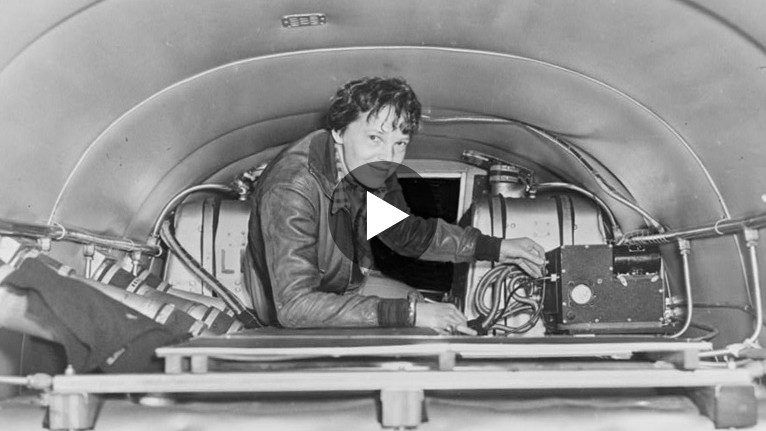

She started it after the International Film Festival Rotterdam invited her to produce a short video essay for its Critic’s Choice program. They really look at you they try to stay in the camera’s frame.”Ī historian, author and film critic for a Dutch national newspaper, NRC Handelsblad, Stigter worked on this film, her directorial debut, for five years. “For me, it was very clear, especially with the children, that they wanted to be seen. “My first idea was just to prolong the experience of seeing these people,” she said. Stigter stumbled across the footage on Facebook in 2014 and found it instantly mesmerizing, especially because much of it was shot in color. From there, they were mostly deported to the Treblinka extermination camp. People were forced into cattle cars, and traveled for days without food and water, to the towns of Lukow and Miedzyrzec, in the Lublin region of Nazi-occupied Poland. 3, the entire Jewish population was rounded up and expelled. 4, 1939, three days after the German invasion of Poland. Nasielsk, which had been home to Jews for centuries, was overtaken on Sept. It was recently selected for this month’s Sundance Film Festival.

It has garnered attention in documentary circles and has been screened at Giornate degli Autori, an independent film festival held in parallel with the Venice film fest the Toronto International Film Festival Telluride Film Festival the International Documentary Film Festival Amsterdam and DOC NYC. Stigter relied on the book in completing the film, which is co-produced by her husband, Steve McQueen, the British artist and Academy Award-winning director of “ 12 Years a Slave,” and narrated by Helena Bonham Carter. Holocaust Memorial Museum in Washington in 2009. All but forgotten within his family, the videotape was transferred to DVD and sent to the U.S. I must have seen it thousands and thousands of times, but still, I can always see a detail that has escaped my attention before.”Īlmost as unusual as the footage is the journey it took before gaining wider exposure. “Every time I see it, I see something I haven’t really seen before. “It’s a short piece of footage, but it’s amazing how much it yields,” Stigter said in an interview in Amsterdam recently. Now, the Dutch filmmaker Bianca Stigter has used the fragmentary, ephemeral footage to create “Three Minutes: A Lengthening,” a 70-minute feature film that helps to further define what and who were lost. It would take him nearly a year to figure it out, but he discovered that the footage depicted Nasielsk, his grandfather’s birthplace, a town about 30 miles northwest of Warsaw that some 3,000 Jews called home before the war. Kurtz, nevertheless, understood the value of the material as evidence of Jewish life in Poland just before the Holocaust.


 0 kommentar(er)
0 kommentar(er)
